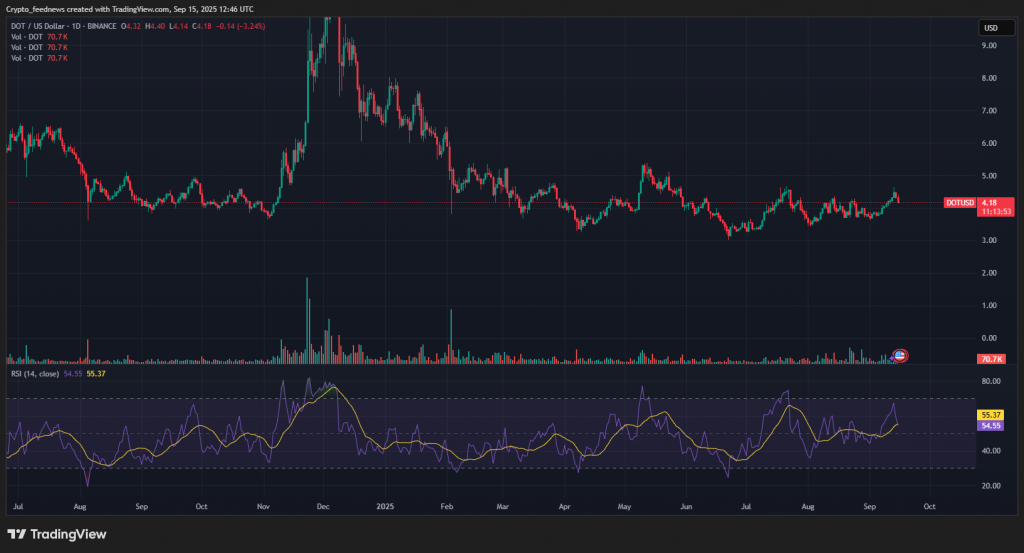In a major economic shift, the Polkadot decentralized autonomous organization (DAO) has passed a historic referendum. The community voted to implement a hard cap on the network’s native token, DOT, for the very first time. This decision fundamentally changes the project’s tokenomics.

From Inflationary to Fixed: A New DOT Model
The new policy sets the maximum supply of DOT at 2.1 billion tokens. This is a significant pivot from the previous, inflationary model.
Previously, Polkadot had no supply limit. The network minted approximately 120 million new DOT tokens every year. The project estimated this could have caused the total supply to balloon to over 3.4 billion by 2040.
The new framework introduces a gradual reduction in token issuance every two years. This will happen annually on Pi Day (March 14th). Currently, the total supply sits at about 1.5 billion tokens.
Why Cap the Supply?
Capping the total supply is a major deflationary move. It is expected to introduce long-term scarcity to the DOT token and significantly reduce inflationary pressure. Consequently, this should make the token’s value more predictable and potentially more attractive for long-term investors.
Short-Term Price Reaction
Despite the long-term bullish implications, the market’s immediate reaction was negative. Since the announcement, the price of DOT has dropped nearly 5%, falling from $4.35 to around $4.15.

This suggests that while investors may appreciate the long-term scarcity, other short-term market forces are currently at play. However, the core community believes this foundational change will benefit the network’s economy for years to come.

